Oxford Modern English Grammar
Bas Aarts is Professor of English Linguistics and Director of the Survey of English Usage at University College London. His previous books include
Small Clauses in English: The Nonverbal Types (Mouton de Gruyter, 1992);
The Verb in Contemporary English , co-edited with Charles F. Meyer (Cambridge University Press, 1995);
English Syntax and Argumentation (Palgrave, 1997, 2001, 2008);
Investigating Natural Language: Working with the British Component of the International Corpus of English , co-authored with Gerald Nelson and Sean Wallis (John Benjamins, 2002);
Fuzzy Grammar: A Reader , co-edited with David Denison, Evelien Keizer, and Gergana Popova (Oxford University Press, 2004);
The Handbook of English Linguistics , co-edited with April McMahon (Blackwell, 2006); and
Syntactic Gradience: The Nature of Grammatical Indeterminacy (Oxford University Press, 2007). He is one of the founding editors of the journal
English Language and Linguistics .
Oxford Modern English Grammar
Bas Aarts
Department of English Language and Literature University College London


Great Clarendon Street, Oxford OX 2 6DP
Oxford University Press is a department of the University of Oxford.
It furthers the Universitys objective of excellence in research, scholarship,
and education by publishing worldwide inOxford New YorkAuckland Cape Town Dar es Salaam Hong Kong Karachi
Kuala Lumpur Madrid Melbourne Mexico City Nairobi
New Delhi Shanghai Taipei TorontoWith offices inArgentina Austria Brazil Chile Czech Republic France Greece
Guatemala Hungary Italy Japan Poland Portugal Singapore
South Korea Switzerland Thailand Turkey Ukraine VietnamOxford is a registered trade mark of Oxford University Press
in the UK and in certain other countriesPublished in the United States
by Oxford University Press Inc., New YorkOxford University Press 2011The moral rights of the author have been asserted
Database right Oxford University Press (maker)First published 2011All rights reserved. No part of this publication may be reproduced,
stored in a retrieval system, or transmitted, in any form or by any means,
without the prior permission in writing of Oxford University Press,
or as expressly permitted by law, or under terms agreed with the appropriate
reprographics rights organization. Enquiries concerning reproduction
outside the scope of the above should be sent to the Rights Department,
Oxford University Press, at the address aboveYou must not circulate this book in any other binding or cover
and you must impose the same condition on any acquirerBritish Library Cataloguing in Publication Data
Data availableLibrary of Congress Cataloging-in-Publication Data
Data availableTypeset by Glyph International, Bangalore, India
Printed in Great Britain
on acid-free paper by
Clays Ltd., St Ives plcISBN 97801995331901 3 5 7 9 10 8 6 4 2
In memory of my mother Sj Aarts-Postmes (19342008)
Contents
List of figures
List of tables
Preface
The aim of this grammar is to offer a modern, concise, but nevertheless wide-ranging description of the structure of contemporary standard British and American English. The book is intended for anyone who is interested in English grammar, and has been written without an assumption on my part that the reader has any previous knowledge of grammatical concepts.The account of grammar presented in this book is descriptive, not prescriptive: it describes the language as it is used today. Readers hoping to find confirmation that the so-called
split infinitive is an odious manifestation of the decline of the English languageto give but one example of a common usage shibbolethwill be disappointed. The view taken here is that the English language is not a static entity, but is continually subject to inevitable change, which is reflected in its lexis and grammar.It is not possible to write a book like this without acknowledging previous work on English grammar. The framework adopted here relies heavily on the two most complete and in-depth accounts of English grammar currently available, namely Randolph Quirk, Sidney Greenbaum, Geoffrey Leech, and Jan Svartviks
Comprehensive Grammar of the English Language (1985) and Rodney Huddleston and Geoffrey Pullum
et al.s Cambridge Grammar of the English Language (2002). These grammars offer sophisticated and detailed descriptions of English that go far beyond the scope of the present book. It should be noted, however, that I have not in all cases followed the grammatical analyses presented in these books. The major points of divergence are discussed in the
Notes and further reading section.I owe an enormous debt of gratitude to Flor Aarts, Peter Collins, Rodney Huddleston, and Geoffrey Leech (in alphabetical order) for reading the entire manuscript and commenting on it in great detail. I am very fortunate to have received this tremendously valuable feedback from such eminent grammarians, and their input has made this a much better book than it would otherwise have been. Im also grateful to my editors at Oxford University Press, Ben Harris, Vicky Donald, Rebecca Lane and Clare Jenkins. For their help during the editing stage I would like to thank Jill Bowie for her superb copy-editing, Helen Liebeck for proofreading, and Phil Aslett for compiling the subject index.BAS AARTSUniversity College London
April 2010
Notational conventions and abbreviations
Notational conventions| * | An asterisk indicates an impossible structure, i.e. a structure that does not conform to the grammatical rules of English. Example: *They likes to read . In this example the third person plural Subject they is followed by a verb with a third person singular inflectional ending. |
| This symbol is used to indicate an implicit Subject. Example: I want [ to read it]. |
| rel. | This is used to indicate an implicit relativized element. Example: The power [that relenables this union] Coleridge categorized as the imagination . |
| sub | This is used to indicate a missing subordinating conjunction that . Example: They think [subthey are funny ]. |
| This symbol is used where the form label can be of different kinds (that is, where the function can be realized by different kinds of forms). |
| arrows | These indicate movement, e.g. passivization, extraposition, or raising. Example:  to enjoy cricket . The underscore symbol is explained below. to enjoy cricket . The underscore symbol is explained below. |
| brackets [] | Brackets are used:
(1) to indicate words that together form a constituent phrase, clause, etc. A labelled bracketing includes a subscript indicator of the syntactic status of the constituent. Example: [NP Cats ] [VPeat [NP fish ]]; (2) to indicate that a lexical item, usually a verb, is followed by a Complement which contains a particular word. Example: HAVE [ |


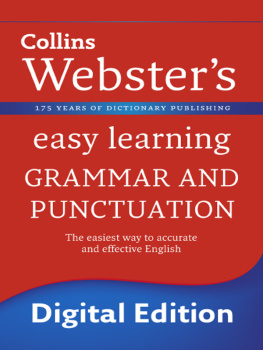
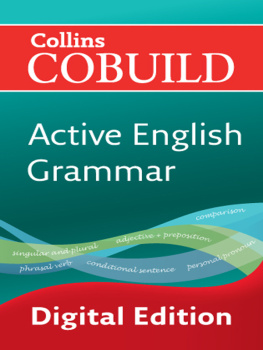
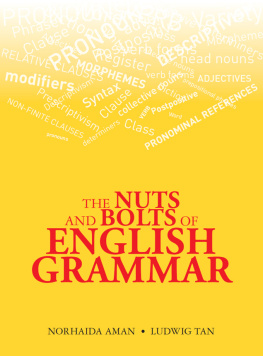

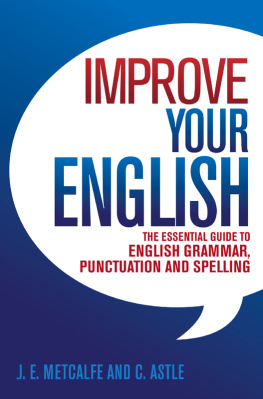

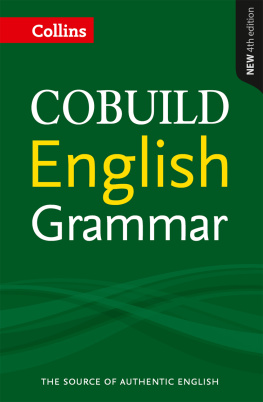

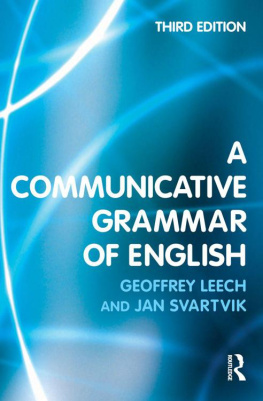


 to enjoy cricket . The underscore symbol is explained below.
to enjoy cricket . The underscore symbol is explained below.